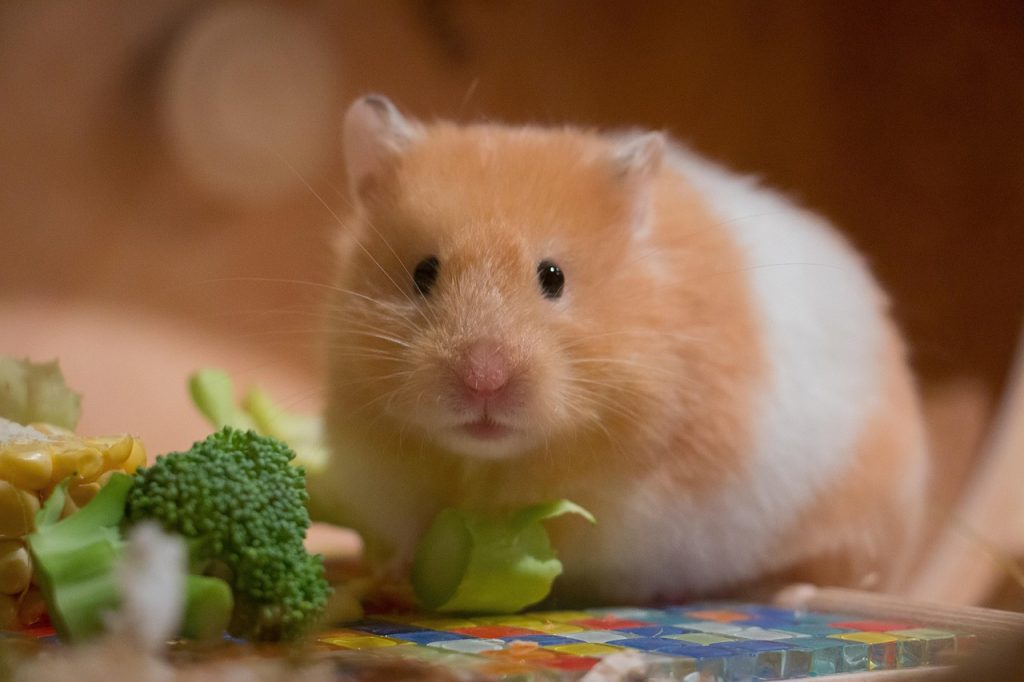
Building a strong bond with your small pet is both a rewarding and essential aspect of pet ownership. Whether you have a rabbit, guinea pig, hamster, ferret, or any other small animal, understanding their unique behaviors and needs is crucial to fostering a deep and trusting relationship. This article explores effective bonding techniques, providing insights into how to connect with your small pet and ensure a happy and healthy companionship.
Understanding Your Small Pet
Before diving into bonding techniques, it is essential to understand the nature and behaviors of your small pet. Each species has distinct characteristics and social structures that influence how they interact with humans.
Rabbits
Rabbits are social creatures that enjoy companionship. They communicate through body language, and understanding their signals is key to bonding. For instance, a rabbit that flops down beside you feels safe and comfortable in your presence.
Guinea Pigs
Guinea pigs, or cavies, are gentle animals known for their vocalizations. They thrive on social interaction, both with humans and other guinea pigs. Recognizing their sounds, such as purring or wheeking, can help gauge their emotions and needs.
Hamsters
Hamsters are solitary by nature and can be more challenging to bond with due to their nocturnal habits. Patience and gentle handling are crucial, and it’s important to respect their need for solitude at times.
Ferrets
Ferrets are playful and curious, requiring ample human interaction. Their mischievous nature means they enjoy games and activities that stimulate their minds and bodies.
Creating a Safe and Comfortable Environment
A secure environment is the foundation of a strong bond with your small pet. Ensuring that their habitat is comfortable, safe, and engaging encourages positive interactions.
Habitat Setup
Design your pet’s living space with their natural behaviors in mind. For instance, rabbits and guinea pigs need ample space to hop and explore, while hamsters require tunnels and levels to climb. Ensure the habitat is escape-proof and free from hazards.
Environmental Enrichment
Provide toys, tunnels, and chew items to stimulate your pet’s mind and prevent boredom. These enrichments not only keep them occupied but also encourage natural behaviors that make them feel at home.
Routine and Consistency
Establish a daily routine for feeding, cleaning, and playtime. Consistency helps your pet feel secure and understand what to expect, reducing anxiety and fostering trust.
Gentle Handling and Interaction
Approach your small pet with patience and gentleness. Handling should be a positive experience that reinforces trust and connection.
Approach with Care
Always approach your pet slowly and calmly. Sudden movements can startle them, especially prey animals like rabbits and guinea pigs. Speak softly to reassure them of your presence.
Time and Patience
Allow your pet to approach you on their terms. Sit quietly near their habitat and let them investigate you at their own pace. This gradual approach helps them associate you with safety and comfort.
Proper Handling Techniques
Learn the correct way to hold your pet to avoid injury and stress. For instance, support a rabbit’s hindquarters to prevent spinal injury, and never pick up a guinea pig by its legs or scruff. Gentle handling fosters trust and reduces fear.
Interactive Play and Training
Engaging your small pet in interactive play and training sessions strengthens your bond and provides mental stimulation.
Playtime Activities
Incorporate toys and games that suit your pet’s natural instincts. Ferrets, for example, enjoy chasing and tug-of-war games, while guinea pigs might prefer exploring tunnels or mazes.
Clicker Training
Clicker training is an effective technique for teaching small pets simple commands and tricks. Use a clicker to mark desired behaviors, followed by a treat. This positive reinforcement method enhances communication and understanding.
Mental Stimulation
Introduce puzzles and treat-dispensing toys to challenge your pet’s mind. These activities keep them engaged and provide a sense of accomplishment, reinforcing positive interactions with you.
Understanding Body Language and Vocalizations
Learning to interpret your small pet’s body language and vocalizations is key to effective communication and bonding.
Rabbits and Body Language
Rabbits express themselves through subtle body movements. A relaxed rabbit might lay flat with its legs stretched out, while thumping indicates distress. Recognizing these cues helps you respond appropriately to their needs.
Guinea Pig Vocalizations
Guinea pigs use a range of sounds to communicate emotions. Wheeking often signals excitement or hunger, while purring indicates contentment. Understanding these sounds allows you to meet their needs effectively.
Hamster Behavior
Hamsters may exhibit behaviors such as grooming, biting, or burrowing. Each action can reflect different emotions or needs, such as stress or contentment. Observing these behaviors helps you gauge their well-being.
Ferret Playfulness
Ferrets are known for their playful antics. A “dooking” sound indicates excitement, while their dance-like movements often invite play. Engaging in these activities strengthens your bond and satisfies their active nature.
Addressing Challenges in Bonding
Bonding with your small pet may present challenges, but understanding and addressing these issues can lead to a stronger relationship.
Overcoming Fear and Shyness
Some small pets may be naturally shy or fearful. Gradual exposure and positive reinforcement can help them overcome these tendencies. Offering treats and gentle encouragement encourages them to approach and interact with you.
Aggression and Biting
Aggression in small pets can stem from fear, territorial instincts, or discomfort. Identifying the underlying cause and addressing it through training and environmental adjustments is crucial. Never punish aggressive behavior; instead, focus on positive reinforcement.
Health and Well-being
Your pet’s health directly impacts their behavior and ability to bond. Regular veterinary check-ups ensure they remain healthy and pain-free, facilitating positive interactions.
Conclusion
Bonding with your small pet requires time, patience, and an understanding of their unique behaviors and needs. By creating a safe environment, handling them gently, engaging in interactive play, and learning to interpret their signals, you can foster a strong and lasting connection. Remember, every pet is an individual, and the key to successful bonding lies in respecting their personality and building trust through positive experiences.
With dedication and love, you can create a fulfilling relationship with your small pet, enriching both your life and theirs.
#ChatGPT assisted in the creation of this article.








